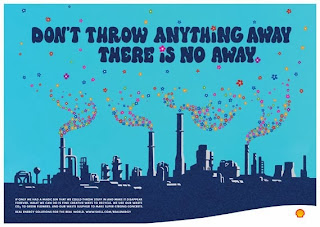Next week I head back to work, it's exciting, and daunting, as I start a new job, but I'm looking forward to interacting with young learners again, and getting a sense of what it means to be an environmental educator in a tech job.
This week in our #enviroed chat, we are looking at cultural diversity in the outdoors. I'm looking forward to the discussion, and thanks to @RangerRidley I decided to look at this before the conversation starts.
Before writing this, I had a quick chat about the idea with my friend Angela. She mentioned a
camping program for new people to Canada , and I think she and I had talked about it before. The idea that we have to integrate people into new natural environments is interesting. The statistics from the site said that while the program is called, "Learning to Camp" around 3/4 of the participants are "New Canadians". My first thought about this stat was, why new Canadians? Do all of us feel comfortable in our own environment?
As an expatriate, and an international school teacher, I wonder about how different people perceive the world around them and how it changes who they are, and what they believe. Without going into too much, for fear of going on forever, I'll just write about a few of my favourite experiences abroad in the outdoors.
Living in Australia in 2005, I realized everyone was outside, all the time. I wondered if it was about the way they ran business in WA, most stores close at six and many are closed Sundays. The sporting nature of their culture may also play a part. But what I remember most about Western Australia was the space. When we went camping, we were often alone, just us, and the park rangers had little sheds where you paid, but no one was usually around. The idea was that people felt comfortable out in nature and could interact with it responsibly (I think?).
I moved to Korea after that, from 2006 - 2008 I lived in different areas around the country. There seemed to be seasons for everything, and a structure to being outside. Beach season in the summer, would end abruptly, regardless of the temperature in September. So we would have the beach to ourselves. Hiking season was wonderful, gorgeous leaves, crisp mountain air. However, almost all the paths were paved, and the women hiking in high heels always made me laugh. People were outside, but it didn't always change their attire. There were people who were really geared up, and would have the hiking poles out, and all the new hiking vests for a short hike, so a lot of individual approaches to hiking, rather than a cultural perspective.
While in Kuwait, I was first amazed that people had been living in the desert for so long. I was introduced to
Masdar and wondered how people so focused on oil, could start something so progressive. I asked students about how their grandparents had lived and what had changed, but few asked or seemed to care. I remember there was not much outdoors time, save for the rare people who went out on the water in their boats. I started an environmental club, mostly my students, and we planted gardens that could work in the desert and watched mushrooms grow. Most of these students were not Kuwaiti, but from other middle eastern countries. I had a sense that most people would rather be inside, rather than out, but when it is 50 degrees, can you blame them?
Cambodia, I thought, would be totally different. A lush tropical land where people enjoyed being outside most of the time. During my research for my thesis, I found there was a lot of resistance from parents about having their students outside. Their main concern seemed to be around safety. I'm not sure what that entailed specifically, but it made me wonder about how people perceive the outdoors. We had a conversation on #enviroed a couple of weeks ago that went into the idea of safety and the outdoors. Like most things, the more you are outside, and trained to be outside (like the camping program, or good environmental ed practices) the safer you are. In the parents' defence, most of them are expatriates as well, and it may not be the fear of the outdoors, but the fear of snakes, scorpions, or other things they are not used to.
Going back to my constant wondering, is how do we bring expats, or new people to our community to understand the place where we live. Is the camping program run by Ontario a good thing, is it effective? Why is it only focused on camping?
Really looking forward to this twitter chat, and reading about how different people think about this topic.







